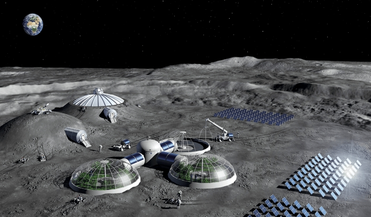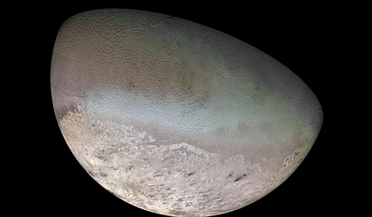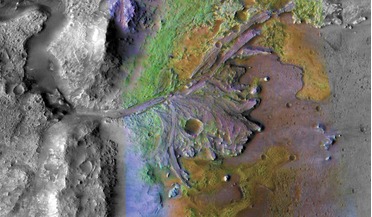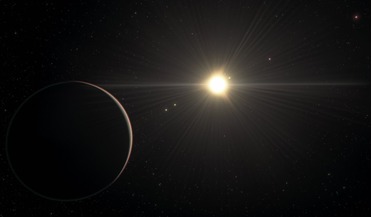 April 2020
Is space poised to take another giant leap?
April 2020
Is space poised to take another giant leap?
... ‘First Orbit’, and wrote the best-selling Haynes owner’s workshop manual on Apollo 11. Riley has a PhD in planetary science from Imperial College and is a Visiting Professor of Science & Media at the University of Lincoln’s School of Film & Media.
 17 June 2020
NASA wants to visit Neptune’s weird moon Triton
17 June 2020
NASA wants to visit Neptune’s weird moon Triton
... as a potential target to study up close as part of its Discovery Program mission. Running alongside NASA's larger “flagship” planetary science explorations, the agency’s Discovery Programme makes use of smaller missions that use fewer resources and...
 21 November 2018
Jezero Crater chosen as landing site for Mars 2020 mission
21 November 2018
Jezero Crater chosen as landing site for Mars 2020 mission
... than 60 candidate locations on the Red Planet was scrutinized and debated by the mission team and the planetary science community. The rover mission is scheduled to launch in July 2020 as NASA’s next step in exploration of the Red Planet...
 10 November 2017
CubeSat mission to measure water on the Moon
10 November 2017
CubeSat mission to measure water on the Moon
...band spectrometer to look at multiple wavelengths instead of just the one. “Understanding volatiles in the solar system is a major planetary-science objective for NASA,” said scientist Noah Petro. “We believe that the best-suited instrument to answer...
 29 April 2018
Atmospheric Evolution on Inhabited and Lifeless Worlds
29 April 2018
Atmospheric Evolution on Inhabited and Lifeless Worlds
... text” is aimed at “graduate-level students and researchers working across the fields of atmospheric science, geochemistry, planetary science, astrobiology and astronomy”. This is undoubtedly a textbook, being filled with equations, line diagrams...
 25 January 2021
Unique six-exoplanet system challenges theories of how planets form
25 January 2021
Unique six-exoplanet system challenges theories of how planets form
... collisions, identifying how and where planets like this form is a very important but as yet unanswered question in planetary science. As such, the TOI-178 system is a key discovery as its planets are in one of the longest chain of resonances...